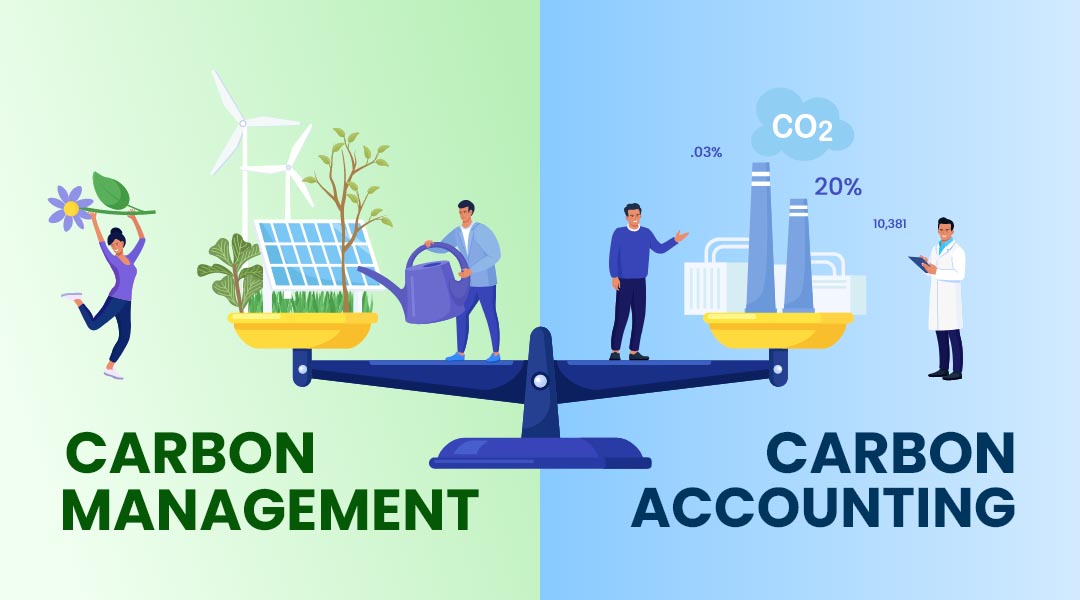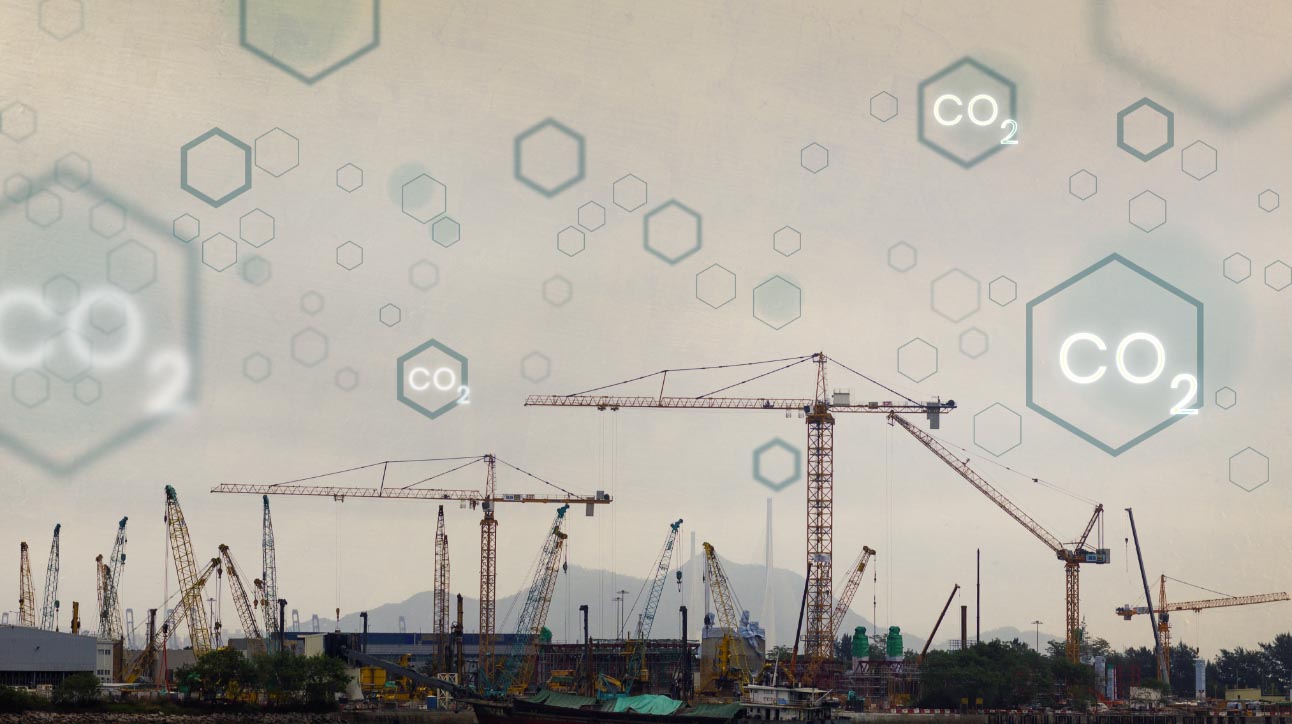It’s difficult to overstate the significance — and the dangers — of carbon. It’s both an unwelcome byproduct of modern commercial and industrial activities and a major driving force in climate change. For that reason, a goal every company can set for itself is to monitor and limit its carbon footprint through two related, but distinct, practices: carbon management and carbon accounting.
Although these terms are sometimes used interchangeably, they indicate unique processes with varying methods, techniques, and outcomes. Take a look at how carbon accounting and management differ, why both matter, and how you can incorporate them into your operations.
The Difference Between Carbon Accounting and Carbon Management
What is Carbon Accounting?
Carbon accounting refers to estimating and tracking the total carbon emissions of a company’s direct and indirect assets. It’s also commonly known as greenhouse gas accounting, although carbon accounting refers only to carbon. Greenhouse gas accounting and reporting concern carbon and other gases such as hydrofluorocarbons and methane.
What is Carbon Management?
Carbon management refers to any methods or techniques used to reduce or control carbon emissions. Carbon accounting typically plays a critical role in this process. Companies can use it to assess their existing carbon footprint, which can then offer insights into strategies for its reduction.
Management may include avoiding practices or materials which have a larger carbon output, reducing dependency on high-carbon activities and resources, or substituting low-carbon alternatives. If these approaches are too difficult or costly to enact, carbon management can take the form of offsetting or sustainable investing. This includes projects that are either low-carbon or offset the carbon generated by existing assets.
Why Carbon Management & Accounting Are Important

Carbon is the most prominent greenhouse gas driving climate change. Thus, it’s in every company’s interest to commission strategies designed to minimise carbon emissions and their effects in years to come. Globally, businesses in almost every industry or commercial field generate carbon. Therefore, an increasing number of countries and jurisdictions are in the process of or have established regulatory laws to combat climate change for the sake of future generations.
Carbon management is merely an early step in achieving complete carbon neutrality or, optimistically, net-zero emissions as well as the climate change targets established under the Paris Agreement in 2015. Even after that point is reached, however, it will still serve as a proven method to keep carbon levels under control and to limit the spread or resurgence of legacy carbon sources.
The combination of new regulations and increasing investor and consumer interest in more sustainable business practices means carbon accounting is an essential element in any carbon management strategy. Effective management will be far less constructive if a company’s leadership doesn’t understand its carbon output or its sources. In addition, carbon accounting is a reliable method for generating accurate ESG reports and routinely evaluating the results of existing carbon management programs.
The Role of Software in Effective Carbon Management & Accounting Strategies
It’s possible to set up carbon accounting and management systems through analogue, but this means appointing a dedicated team of emissions monitors. However, this is often beyond the resources or capabilities of many small to medium-sized companies and can require a sizable investment from larger organisations.
A more flexible, resource-efficient approach is to make use of carbon management software, such as a carbon footprint calculator. This simple tool can be a useful resource for private individuals interested in lowering their total emissions. However, commercial or industrial enterprises often have much more complex and extensive requirements. Perhaps most prominent is the need to monitor and report on scope 1, 2, and 3 emissions as determined by the GHG Protocol.
Convene 2zero is a carbon footprint calculator that estimates company-wide emissions in all three scopes. It’s offered alongside supporting Convene ESG software. The concise data resulting from Convene 2zero can serve as an important element in carbon accounting efforts, while Convene ESG can be used in conjunction to identify promising strategies for carbon management.
Dedicated carbon management software can significantly streamline the number of resources and effort needed to monitor, record, and reduce carbon emissions. As a result, the capabilities of companies of all sizes expand to control their impacts on the environment.
Automate Your Carbon Accounting & Management Practices with Convene 2zero & Convene ESG

Monitoring and minimising carbon emissions is one of the most important and most challenging tasks faced by many companies today. Luckily, Convene ESG and Convene 2zero are available to simplify and enhance your team’s efforts.
Together, these ESG software products can significantly expand your carbon accounting and management efforts, allowing you to identify constructive steps to reduce your emissions. Convene ESG can also generate the materials needed to submit error-free, lucid ESG reports suitable for a wide range of reporting standards and frameworks.
Take a look at the many valuable features offered by both Convene 2zero and Convene ESG to take your carbon footprint management to the next level.














